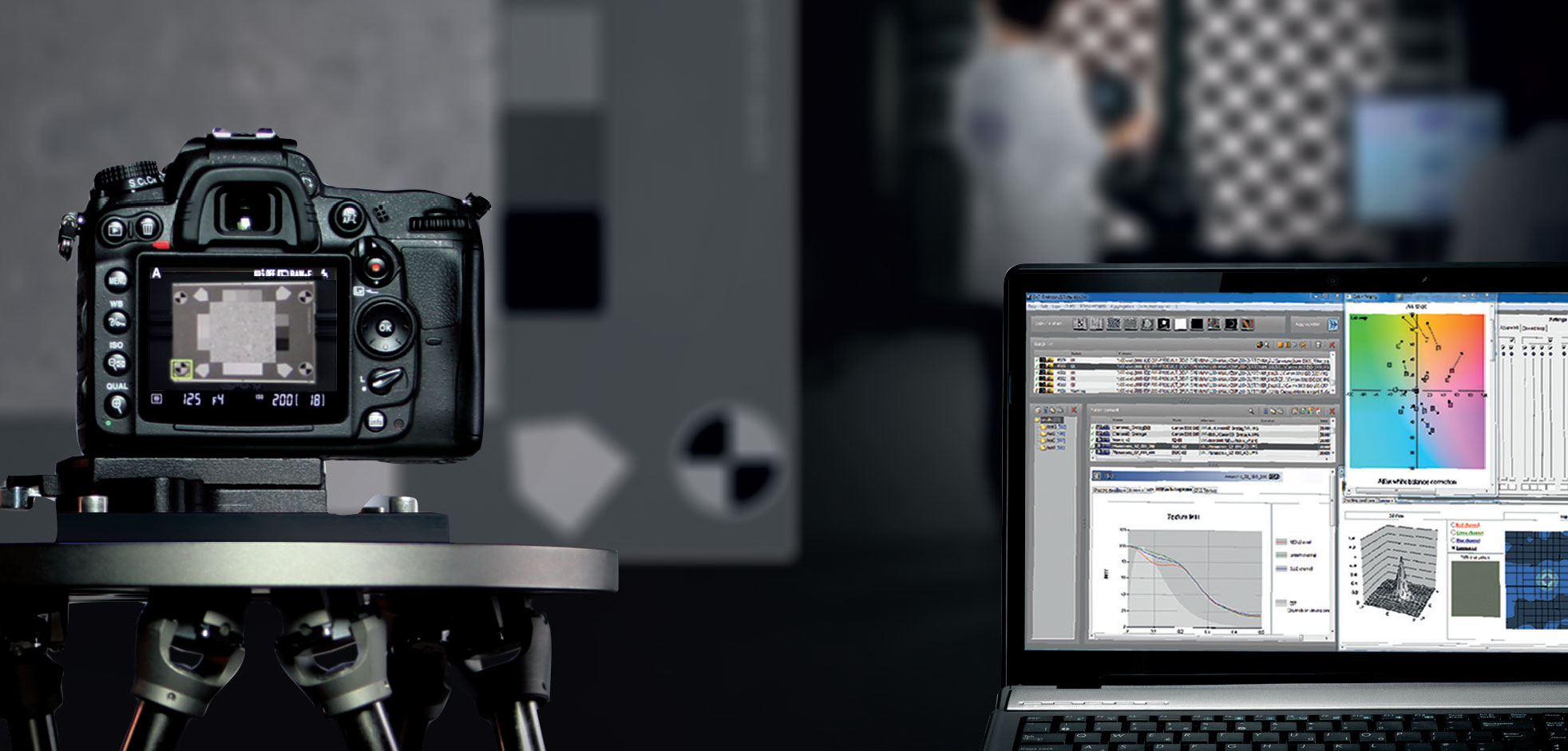DSLRs have either full frame or crop frame sensors. Whichever you have will make a big difference on how you should go about choosing your lenses. Here, you will learn what the difference is and what it means for your photography.
“I got a new DSLR and I want a new lens. What should I get?” This was my aunt and, after a series of questions, I was able to narrow down what lens would probably make her happy based on her camera model. If you’re unhappy with the lens you have (or don’t have one at all) and you don’t know what you should use, find guidance in my straightforward suggestions below for new Canon and Nikon DSLR shooters. You must be equipped with this knowledge because not all lenses work as intended on all DSLRs, even within the same brand.
Narrowing down what lens you need can be divided into 3 steps:
Step 1: Identify Your Camera
Step 2: Identify Your Lens Type
Step 3: Pick a Lens (With Some Recommendations)
What are full frame sensors?
Every DSLR has an image sensor inside it. It is hiding behind a mirror and looks like a green rectangle. This is what conveys information that results in an image. It is what we popularly use now to make pictures instead of film. In fact, that is what a full frame sensor is – it is a digital version of a 35mm film frame. They are the same size!
What are crop frame sensors?
It’s a smaller sensor – smaller than 35mm. That’s it. That’s all it is. Imagine a 35mm piece of film, crop the edges down, and that’s your crop frame sensor.
Why would anybody crop a sensor?
The cynical answer is money. You can fit more cropped sensors on a silicon wafer during production than full frame-sized sensors so the yield is higher, making the cost lower. But there are other benefits. Crop sensors are smaller, which means the cameras they go into can be smaller. Crop sensors also have a narrower angle of view (they simply aren’t as wide as full frame sensors), which enhances the telephoto effect while reducing the wide angle affect. We’ll talk more about that later.
If full frame sensors match 35mm film, then exactly how big is a crop frame sensor?
Most crop sensor DSLRs use the “APS-C” format, which is a 3:2 ratio, as is full frame, but approximates the size of Advanced Photo System Classic film, which is closer to 24mm rather than 35mm. It was popular in the 90s in point-and-shoot cameras. In the digital age, APS-C sensor cameras occupy a formidable presence among pros and amateurs alike.
I heard crop sensor cameras have crop “factors”. What is a crop factor?
In the digital photography world, the 35mm size is our reference point for all imagery. We have all of these lenses available that are designed to work specifically on a standard 35mm frame size. But not all cameras have 35mm size image sensors! Many DSLRs have the APS-C sized sensor, which is closer to 24mm. When you mount a lens that is built for a 35mm size and stick it against a sensor that is 24mm size then the edges of your pictures are going to get cropped off. How much they get cropped is different on Nikon and Canon. Nikon APS-C sensors crop your image by 1.5x. Canon crops it a hair more, by 1.6x. This crop reduces your field of view through a lens by a factor proportional to the ratio between the 24mm size and the 35mm size.
Ok, so I’m going to see less on the edges of my scene through a lens on a crop sensor camera than on a full frame sensor camera. But how does that affect my lens choice?
When you cut off the edges of a scene, your field of view is narrower. If you’re a big fan of wide angle lenses because you like shooting wide scenes, you are going to lose some of that width on a crop sensor camera. How much? Simply multiple the length of the lens by the amount the sensor is cropped. In Nikon’s case, it is 1.5x – for Canon, 1.6x.
Let’s say you want to use a Nikon 16-35mm lens on a Nikon crop sensor DSLR:
16 x 1.5 = 24
35 x 1.5 = 52.50
Your 16-35mm lens will produce imagery on your crop sensor camera that looks more like what 24-52.50mm would look like on a full frame sensor camera. This is your focal length multiplier. You take your crop factor (in this case 1.5) and times that by the focal length you want to use. The result is how your crop sensor camera sees the scene in a world dominated by lenses designed for full frame fields of view. This will help you better choose a focal length that matches what you intend to see through your camera and not just what’s printed on the lens barrel.
I hope it helps










